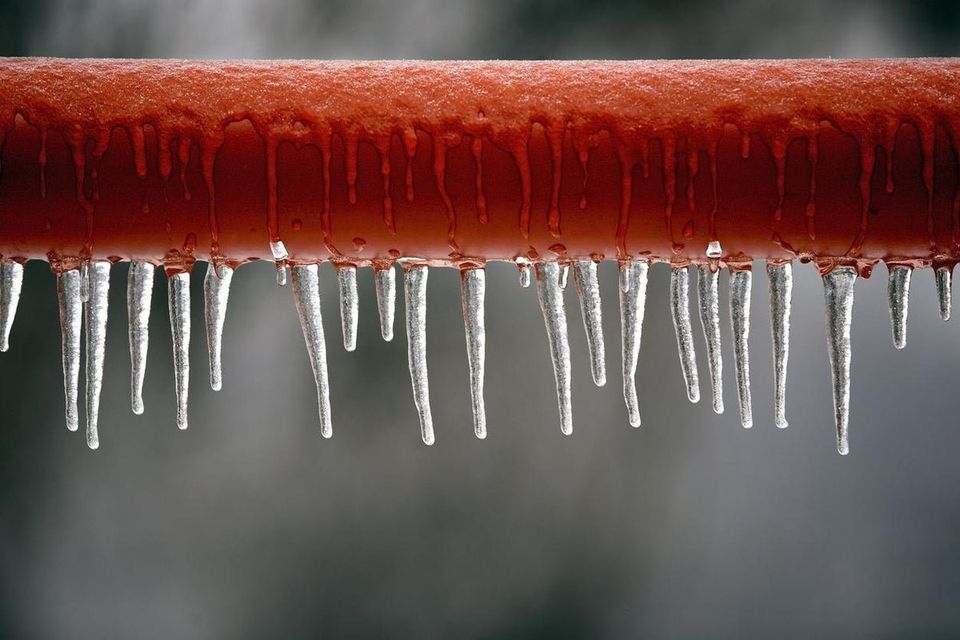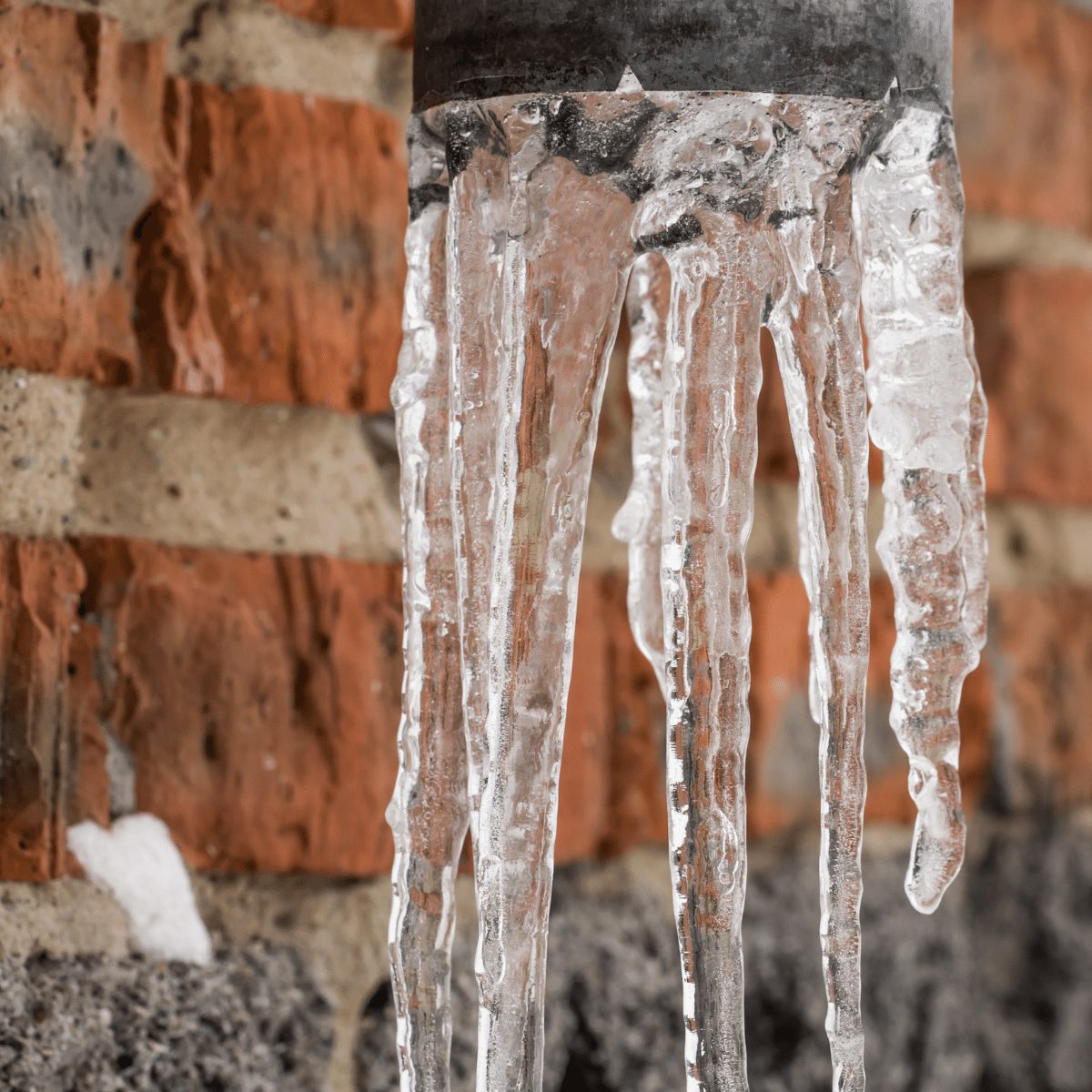Avoiding Frozen Plumbing in Cold Weather: Critical Strategies
Avoiding Frozen Plumbing in Cold Weather: Critical Strategies
Blog Article
What are your thoughts and feelings about Winter Plumbing Precautions: Preventing Frozen Pipes?

Winter can damage your plumbing, specifically by freezing pipes. Below's exactly how to prevent it from occurring and what to do if it does.
Introduction
As temperature levels drop, the threat of frozen pipelines increases, possibly resulting in costly fixings and water damage. Recognizing how to stop frozen pipes is critical for property owners in cold climates.
Avoidance Tips
Shielding susceptible pipelines
Cover pipelines in insulation sleeves or use heat tape to safeguard them from freezing temperature levels. Concentrate on pipelines in unheated or exterior locations of the home.
Home heating strategies
Maintain interior spaces effectively warmed, specifically locations with pipes. Open up cabinet doors to allow warm air to circulate around pipelines under sinks.
Just how to recognize icy pipelines
Try to find reduced water flow from faucets, unusual odors or noises from pipelines, and noticeable frost on subjected pipes.
Long-Term Solutions
Structural changes
Think about rerouting pipes away from outside walls or unheated areas. Include added insulation to attic rooms, basements, and crawl spaces.
Updating insulation
Purchase premium insulation for pipes, attics, and wall surfaces. Proper insulation assists maintain regular temperature levels and lowers the threat of icy pipes.
Safeguarding Outdoor Pipes
Garden tubes and outside taps
Detach and drain pipes garden tubes before winter months. Set up frost-proof faucets or cover outdoor taps with insulated caps.
Comprehending Icy Pipes
What causes pipes to ice up?
Pipes freeze when subjected to temperature levels below 32 ° F (0 ° C) for prolonged durations. As water inside the pipelines freezes, it expands, taxing the pipe walls and potentially triggering them to break.
Threats and problems
Frozen pipes can result in water system disturbances, property damage, and expensive repairs. Burst pipelines can flooding homes and cause extensive structural damages.
Indicators of Frozen Piping
Recognizing icy pipes early can prevent them from bursting.
What to Do If Your Pipelines Freeze
Immediate actions to take
If you think icy pipelines, keep taps available to ease pressure as the ice thaws. Utilize a hairdryer or towels taken in hot water to thaw pipelines slowly.
Conclusion
Protecting against icy pipelines needs proactive procedures and quick actions. By understanding the reasons, indicators, and preventive measures, home owners can safeguard their pipes throughout cold weather.
5 Ways to Prevent Frozen Pipes
Drain Outdoor Faucets and Disconnect Hoses
First, close the shut-off valve that controls the flow of water in the pipe to your outdoor faucet. Then, head outside to disconnect and drain your hose and open the outdoor faucet to allow the water to completely drain out of the line. Turn off the faucet when done. Finally, head back to the shut-off valve and drain the remaining water inside the pipe into a bucket or container. Additionally, if you have a home irrigation system, you should consider hiring an expert to clear the system of water each year.
Insulate Pipes
One of the best and most cost-effective methods for preventing frozen water pipes is to wrap your pipes with insulation. This is especially important for areas in your home that aren’t exposed to heat, such as an attic. We suggest using foam sleeves, which can typically be found at your local hardware store.
Keep Heat Running at 65
Your pipes are located inside your walls, and the temperature there is much colder than the rest of the house. To prevent your pipes from freezing, The Insurance Information Institute suggests that you keep your home heated to at least 65 degrees, even when traveling. You may want to invest in smart devices that can keep an eye on the temperature in your home while you’re away.
Leave Water Dripping
Moving water — even a small trickle — can prevent ice from forming inside your pipes. When freezing temps are imminent, start a drip of water from all faucets that serve exposed pipes. Leaving a few faucets running will also help relieve pressure inside the pipes and help prevent a rupture if the water inside freezes.
Open Cupboard Doors
Warm your kitchen and bathroom pipes by opening cupboards and vanities. You should also leave your interior doors ajar to help warm air circulate evenly throughout your home.

I was guided to that write-up about Winter Plumbing Precautions: Preventing Frozen Pipes from someone on another domain. Loved our blog entry? Please quickly share it. Let others locate it. Thank you so much for going through it.
Book An Estimate Now Report this page